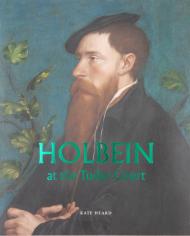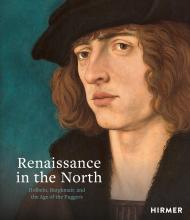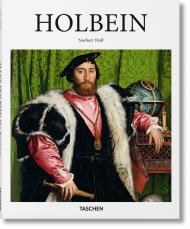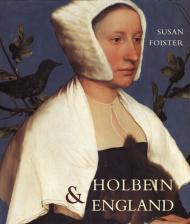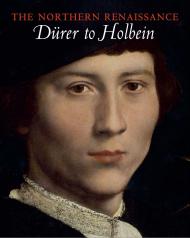Holbein at the Tudor Court focuses on the internationally significant collection of portraits by Hans Holbein the Younger in the Royal Collection.
This richly illustrated publication has essays on the artist, his sitters and on the history of his work in the Royal Collection.
Holbein at the Tudor Court focuses on the internationally significant collection of portraits by Hans Holbein the Younger in the Royal Collection. These portraits, in drawing, miniature and painting, date almost exclusively from Holbein's period as the pre-eminent artist at the court of Henry VIII.
This richly illustrated publication has essays on the artist, his sitters and on the history of his work in the Royal Collection, and a series of entries on individual works - looking at both on the work of art and on the identity of the sitter featured, and uses, where possible voices from the period (as found in letters, poems, administrative records and diplomatic accounts) to bring alive the world of the sixteenth-century English court.
About the Author:
Kate Heard is Senior Curator of Prints and Drawings, Royal Collection Trust. Her previous publications include George IV: Art and Spectacle (2019), The First Georgians: Art & Monarchy (2014) and High Spirits: The Comic Art of Thomas Rowlandson (2013).
